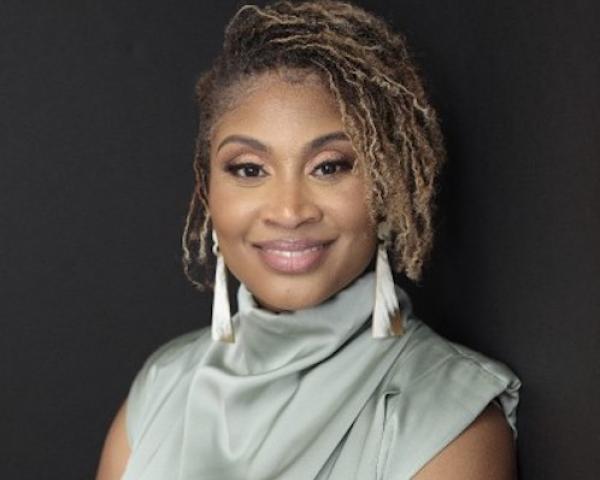Diversity, equity and inclusion have come under fire recently, as people question the need for DEI, its effectiveness and occasionally even the motives behind it.
In many cases, the criticisms may be because of a lack of understanding about all that DEI entails. People hear about a DEI program or initiative and they think only about race, or perhaps about efforts to get more women into the C-suite. And they think that for conditions for one group of people to improve, conditions for others must be made worse.
Certainly, race and the effects of systemic racism remain at the center of DEI discussions, and with good reason. If we can’t fix that, we won’t be able to fix anything else. But with that said, DEI is about more than race. DEI also includes people with varying degrees of physical ability, neurodivergence, illness, sexual preference, economics, trauma and more.
DEI also is not a zero-sum game. Improving one person’s situation doesn’t mean someone else must lose. The goal is equity, removing barriers so that everyone gets access to the same opportunities.
Another thing critics miss is that embracing DEI is crucial for any business. Not only are companies that support the concepts of DEI more profitable than those that don’t, as shown by a 2020 study by McKinsey & Company, but DEI also can play a significant role in risk management.
As just one example, when businesses fail to address DEI issues, their reputation can be at risk. Think back to 2020 and the political, business and social climate surrounding the murder of George Floyd. It became clear that not addressing DEI or sharing thoughts publicly about inequities in society could affect a business's public perception and bottom line.
But here’s another example, perhaps more directly relevant to the culture within a company. All people have biases, and that’s true no matter their race, their gender or any other characteristic connected to them. Biases are universal. But the fact that this is a problem we all share doesn’t make it less of a problem. Businesses that ignore this problem – that pretend it isn't there – run the risk of legal troubles when a supervisor or an employee crosses the line and discriminates or creates a hostile work environment.
See also: April ITL Focus: Diversity, Equity, and Inclusion
Part of the work of DEI is to get everyone involved; to make DEI everyone’s responsibility. The more people who have buy-in, the less likely the business is to run afoul of any law and end up on the wrong side of a lawsuit.
But that’s just part of the legal reason behind the need for DEI initiatives. There is also the more compelling reason that it’s the right thing to do, and that DEI comes with the bonus feature that the right thing also happens to have benefits. The company culture becomes more inviting, more inclusive for all employees.
This is because everyone, regardless of background, has at some time felt rejected, exploited or completely invisible. For some, those experiences have been few and far between. For others, they are common due to historic systems of oppression in employment, healthcare and social structures.
Part of what DEI does is encourage us to understand and feel empathy for the experiences of others, helping us better recognize that all people are entitled to humanity and dignity. When we do this, attitudes and behaviors change. People look forward to coming to work, rather than dreading it. Absenteeism rates go down. Employee engagement goes up. Turnover is less of a problem as the improved culture makes workers want to stay where they are, rather than go in search of something better. The company saves money because it is not constantly searching for and training new employees.
Sometimes people criticize DEI efforts, saying the point is to make white people feel guilty, or to imply that white people don’t have significant problems. But DEI work doesn’t suggest that white people have never suffered burdens or hardships. It’s just that those burdens or hardships were not caused by skin color.
All of this said, it’s important to consider that everyone has a DEI story. Even if you aren’t a member of a historically marginalized group, you have a story.
This is because diversity is about how things differ, and when you think about how people differ – in age, race, gender, sexual preference, physical abilities, neurodivergence and much more – no one is left out






